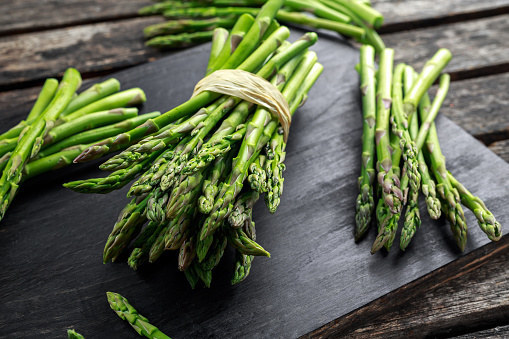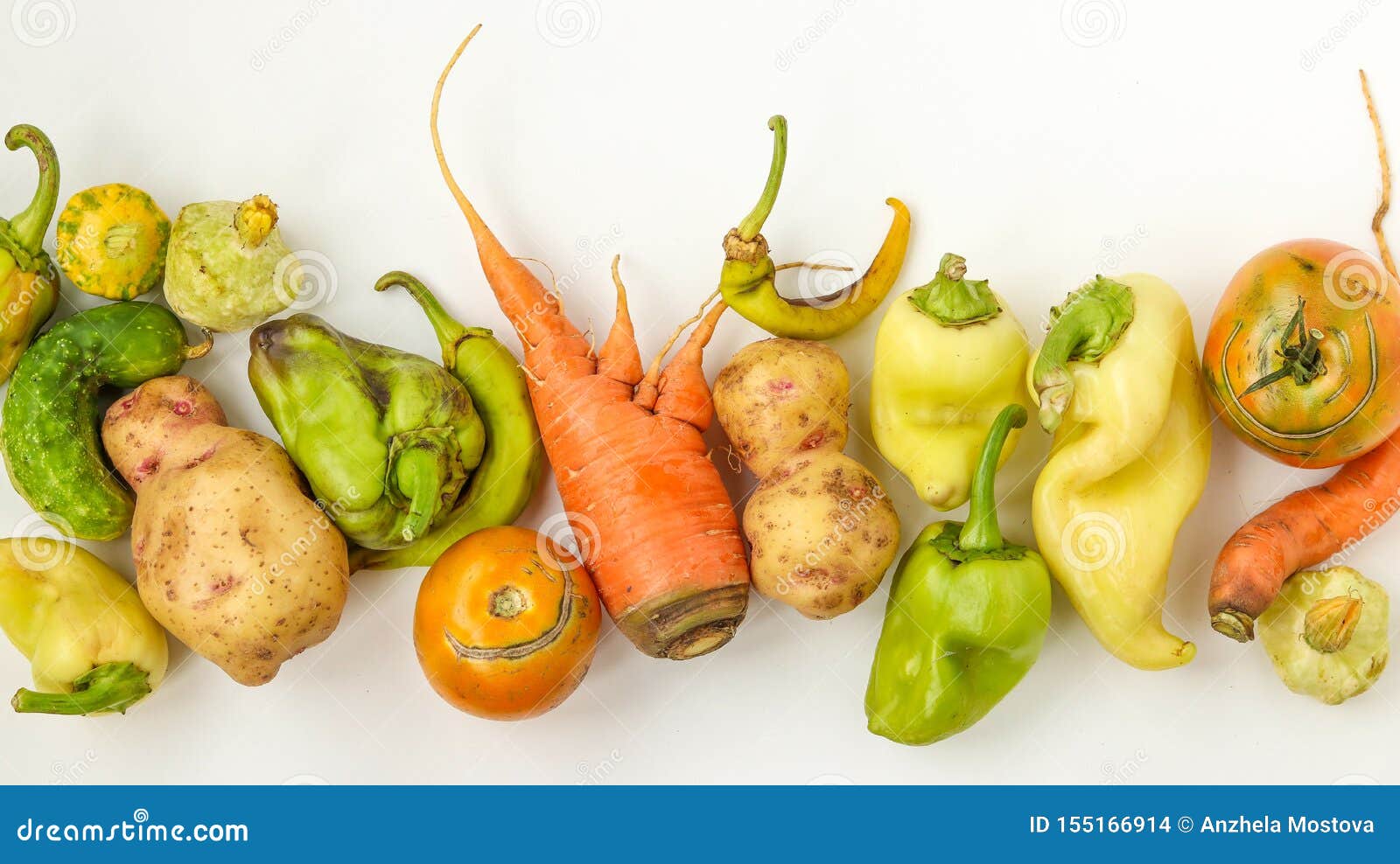

But there’s a huge part of that produce that goes to food service, where it gets cut up and appearance doesn’t matter. They say that a lot of the ugly produce goes to waste. What claims are they making that you believe are myths? You’ve been vocal on Twitter about how ugly produce companies are not really fixing food waste. But the market-based solutions that marketing endorses don’t fix the root cause. Any time people are having these anxieties, marketers take advantage of it. People now panic if they don’t know where food comes from, and the constant messaging about how you “should” be reinforces the anxiety. This has turned into an expression of a cultural crisis: It’s created anxiety. They came around and said everyone needs to eat more fresh produce and should know where their food comes from. Mexican agricultural workers cultivate romaine lettuce on a farm on October 8, 2013, in Holtville, California. The way the food system mainly used to deal with perishability, though, was by canning and freezing produce. People treat ugly product like it’s this horrible tragedy that’s preventable, but really, this is just the nature of fresh produce.

Plus, there’s all the shipping and handling that goes into the modern food supply chain, and things get banged up. It’s always been a thing! Like all living things, produce does not always come out perfect. When did you start noticing ugly produce being a thing? This interview has been edited and condensed. Read on to learn why Taber believes sustainable ugly produce is a myth, why she wants to change the popular narrative that Americans need to save farmers, and how she believes the food supply chain can become less wasteful. She now consults for several greenhouse and indoor agricultural companies and hosts the podcast Farm To Taber.Ī few weeks after I interviewed Ramesh of Misfits Market, I saw an impassioned Twitter thread from Taber responding to recent stories about ugly produce startups, and called her up to hear more of her perspective. One prominent skeptic of the ugly produce industry is Sarah Taber, a crop scientist who worked on farms for a decade, doing everything from detasseling corn to beekeeping. We’re investing in the pipeline between farms and food banks.”
#Misshapen vegetables full
Venture capital-backed companies like Imperfect Produce, Full Harvest, Hungry Harvest, and Misfits Market say they provide a solution to the problem: They create a new channel of distribution for farmers, offer customers ugly produce at a significant discount to what the groceries would cost at retail, then donate the rest to food banks.Īs Misfits Markets CEO Abhi Ramesh told me in January, “We see ourselves as the Robin Hood figure here. In the past few years, several startups have stepped in ostensibly to try to break the cycle of ugly food waste. “Ugly produce,” the lore goes, is often too unattractive to sell and gets tossed, whether it’s because an apple is bruised or because a carrot is too strangely shaped to be sold.

Much of this waste has to do with logistical issues, but some food is also wasted due to cosmetic reasons. The USDA estimates that a third of all produce from farmers goes uneaten, amounting to about $161.6 billion in waste. While plenty of food waste happens in our own homes, it also happens on farms. Billions of pounds of fruits and vegetables go to waste every year - about 30 to 40 percent of the food supply chain in the United States, according to the Department of Agriculture.


 0 kommentar(er)
0 kommentar(er)
